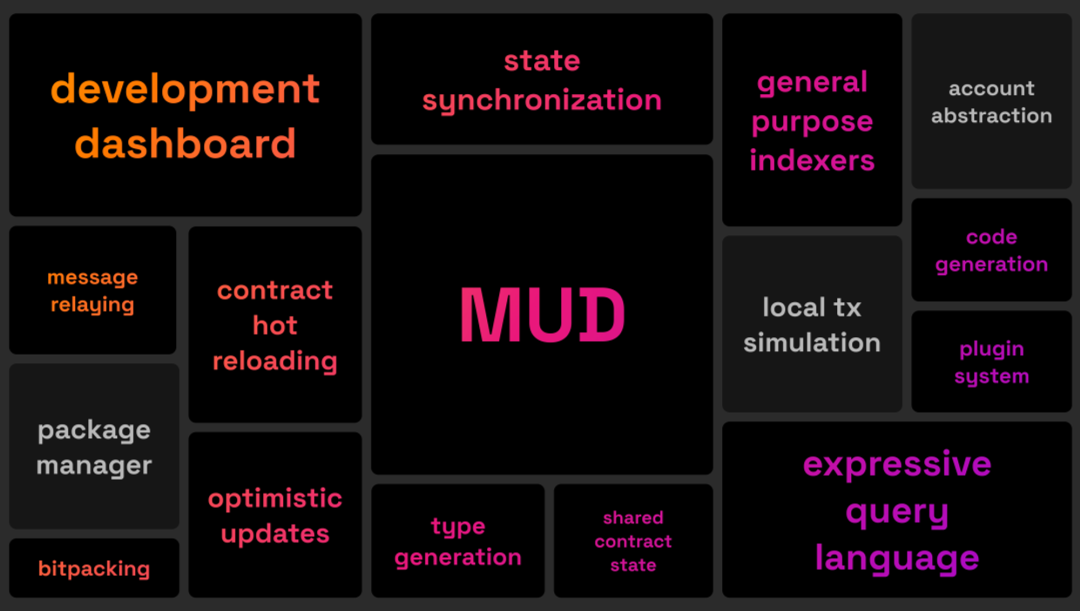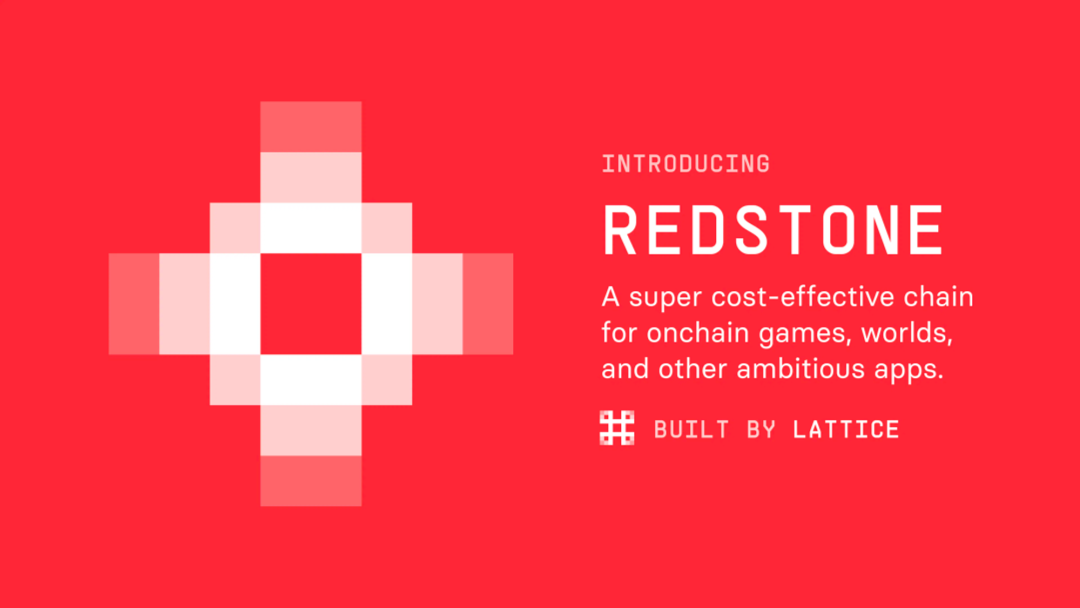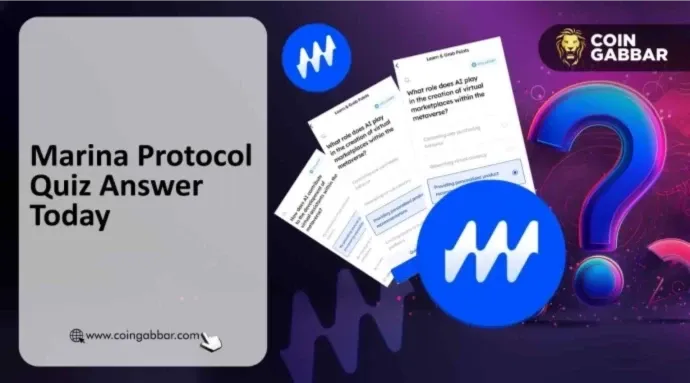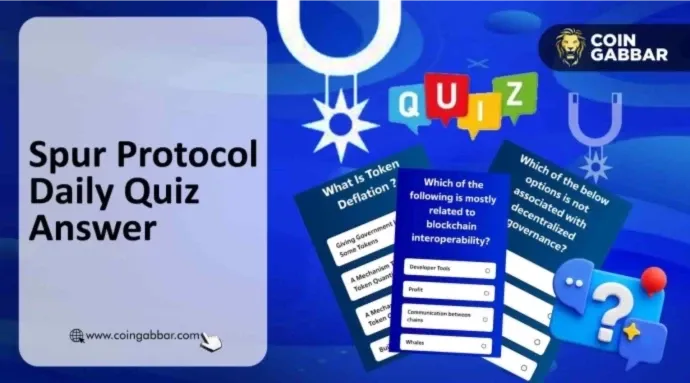Compared to traditional games, full-chain games can achieve higher openness, decentralization, and persistence.
Author: dt, DODOResearch
Full-chain games have always been the next major application of blockchain eagerly anticipated by the native encryption community. Different from the short-lived GameFi, where financial elements are the main focus and only assets are on-chain, FOCG (Fully on-chain game) places more emphasis on gameplay, with all core game logic and state deployed on the blockchain and entirely driven by the blockchain without any centralized servers involved. Compared to traditional games, full-chain games can achieve higher openness, decentralization, and persistence.
The ultimate goal of full-chain games is to establish a completely autonomous and open game world, also known as "Autonomous Worlds." In this world, games can exist permanently without relying on any centralized operator, and all rules, logic, and participation are conducted and verified through decentralized blockchains. At the same time, these autonomous game worlds can seamlessly interoperate, and characters/assets from different games can be used in other games, thus building a truly open and interconnected "game metaverse."
This week, Dr. DODO will introduce the well-established projects worth paying attention to in the FOCG full-chain game field!
StarkNet Ecosystem
Recently, the L2 public chain Starknet, which has sparked a lot of discussion due to its token issuance, and its technology and development are quite suitable for deployment in full-chain games. Its advantages can be divided into the following three aspects:
High Performance: StarkNet can compress a large amount of computation and storage into a constant-size proof through techniques such as recursive proof and state transition, greatly optimizing efficiency. This enables it to achieve transaction processing speeds of millions per second or even higher, fully meeting the high-performance requirements of full-chain games.
Fairness: Full-chain games require fair randomness, and StarkNet, which uses zero-knowledge proof technology, natively supports it. Many games require randomness, such as card drawing and dice rolling. After the Cairo V1 upgrade, StarkNet enables the use of Verifiable Random Function (VRF) technology, which can achieve verifiable random numbers, ensuring the fairness of the game.
Coding Efficiency: Compared to the most commonly used Solidity on traditional EVM public chains, StarkNet's official language Cairo is more suitable for writing complex projects, with less code and higher execution efficiency, reducing the complexity of full-chain game development and saving expensive gas fees.
After introducing why StarkNet is suitable for full-chain games, let me introduce several projects developed in the StarkNet ecosystem:
Dojo: Dojo is an open-source game engine and toolkit for StarkNet. It uses the Cairo language to implement an efficient entity-component-system architecture, simplifying the game development process, while natively supporting zero-knowledge proofs to ensure randomness and data privacy. Several games have already been successfully launched, such as Influence, Loot Survivor, and Briq. The Dojo community is also continuously expanding its functionality and plans to focus on L3 solutions, optimistic rollups, client-side proofs, and other directions in the future.
Loot Realm: Driven by the Loot NFT community DAO, Loot Realm is dedicated to creating an open, scalable, and eternal on-chain game world. It includes multiple sub-games, including the text adventure game Loot Survivor and the MMO full-chain game Realms: Eternum. Loot Realm represents the potential of full-chain games to achieve open sharing and autonomous operation.
Influence: Influence is a space-themed resource management and strategy game. Players can engage in infrastructure and economic activities in the asteroid belt. The game fully utilizes StarkNet's high performance to achieve the full chaining of the economic system and modeling of complex business logic. Influence is currently in active development and plans to release multiple sub-games in stages.
Briq: Briq is an open creative space on the chain, known as the "LEGO of the blockchain." Users can freely build unique blockchain artworks by collecting and assembling different blocks. Briq demonstrates the potential of full-chain games to support user-generated content and metaverse.
MUD & Redstone - LATTICE Team
Next, let's introduce the full-chain game engine MUD and the second-layer public chain Redstone designed specifically for full-chain games. But before we begin, we must first introduce the development team behind it - Lattice. Lattice is the core team of the open-source developer community 0xPARC. As early as 2020, they participated in the development of the first full-chain game, Dark Forest. After Dark Forest, Lattice continued to delve into the full-chain game track and, after developing multiple games, deeply understood the pain points of full-chain game development at that time, leading to the development of the full-chain game engine MUD.
The Lattice team refers to MUD as a game engine exclusive to FOCG, which can actually be divided into two major parts: smart contract application development framework + on-chain relational database. It has a built-in efficient EVM database, supports automatic on-chain/off-chain state synchronization, and simplifies the development process by writing many commonly used game logics into frameworks. Developers can define data structures through configuration, and the MUD engine will automatically generate Solidity libraries. Currently, over 90% of EVM full-chain games are built on MUD.

As the number of games based on MUD increases, the Lattice team also found that existing EVM public chains are difficult to support large-scale on-chain applications. Therefore, they independently developed the Redstone rollup solution. Redstone significantly reduces costs by submitting data digests only on Layer 1 and is specifically designed to be compatible with MUD, making high-throughput full-chain games feasible.
Redstone represents a new generation of Layer 2 technology exploration for full-chain games and greatly promotes the development of the entire ecosystem with deep compatibility with MUD. The Redstone testnet has already been launched, supporting multiple games including Sky Strife, and the mainnet is expected to be officially launched in Q1 2024.

Argus & Paima
In addition to Dojo and the Lattice team, many teams are developing full-chain game engines and public chains for full-chain games. Next, let's introduce Argus and Paima, both of which are outstanding players in this field.
Similar to Lattice, the Argus team members emerged from the Dark Forest developer community and, based on their experience with Dark Forest, understood the difficulties faced by FOCG developers in the current blockchain infrastructure, leading to the establishment of Argus with the goal of creating high-performance infrastructure for blockchain games. They have also received tens of millions in funding from top-tier investors such as 1kx, Polychain Capital, and Dragonfly Capital. Currently, they have two main products:
World Engine: This is Argus's self-developed Layer 2 solution for blockchain games. World Engine implements an innovative sharding mechanism that can horizontally scale to match the real-time load needs of the game, while significantly improving execution performance through customized Game Shards for game state transitions.
Cardinal: This is a game sharding solution built on top of World Engine. Cardinal is developed using Go language and implements an efficient entity-component-system architecture. It is highly compatible with mainstream game engines, allowing users to seamlessly integrate with commercial game engines such as Unity and Unreal.
On the other hand, another outstanding player, Paima, is different from other teams as it mainly focuses on Cardano and Milkomeda, and has received a million-dollar donation from the Cardano Foundation. Its flagship product, Paima Engine, is a universal development framework for blockchain games. It allows developers to deploy games directly within Paima's rollup, reducing the difficulty of game expansion. It also includes a cross-chain mechanism, allowing the same game to be deployed on different public chains, achieving state synchronization between environments. In addition, Paima also provides automated intelligent game units through the Shinkai AI layer, which can be seen as an open game "operating system."
Author's Opinion
The author believes that the concept of full-chain games is indeed very attractive, and the ultimate ideal of Autonomous Worlds gives a sense of a geek utopia. However, there are doubts about whether FOCG can be the next multi-billion dollar track in the blockchain world.
Due to its full on-chain design, FOCG naturally sacrifices a lot of performance and the smooth visual experience, which are important indicators pursued by major Web2 game companies today. Instead, it focuses more on gameplay and how to balance the financial issues within the game economy. The author believes that FOCG full-chain games will definitely attract a group of real users, but it may not become a breakthrough for mass adoption in the blockchain industry.
The route of being small and beautiful is more suitable for this type of project. Therefore, community loyalty and stickiness will be a key indicator for exploring high-quality projects in the FOCG track. In the overall blockchain world, the author is not optimistic that FOCG full-chain games will become the next wave of diverse and flourishing narratives.
免责声明:本文章仅代表作者个人观点,不代表本平台的立场和观点。本文章仅供信息分享,不构成对任何人的任何投资建议。用户与作者之间的任何争议,与本平台无关。如网页中刊载的文章或图片涉及侵权,请提供相关的权利证明和身份证明发送邮件到support@aicoin.com,本平台相关工作人员将会进行核查。




